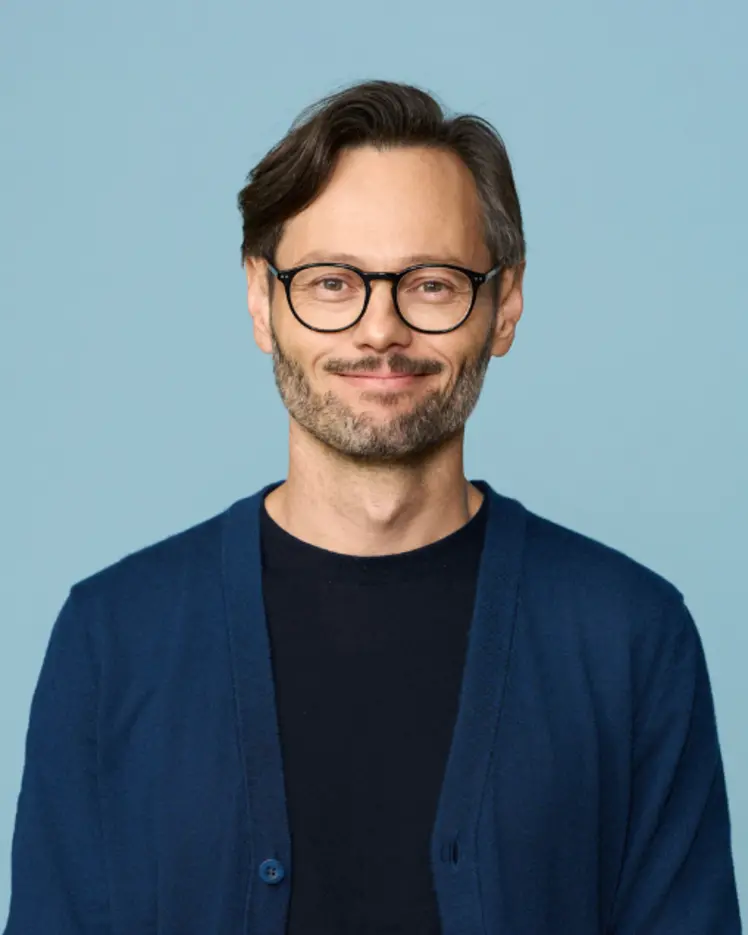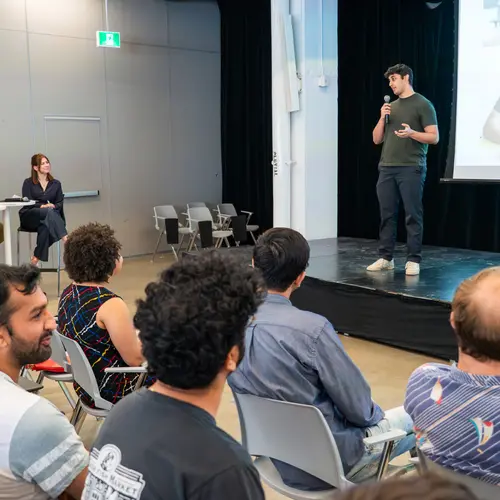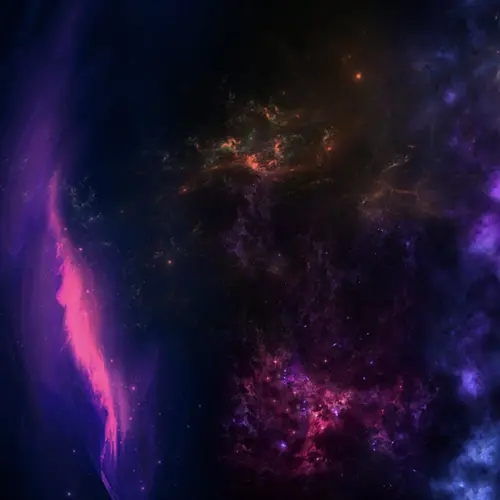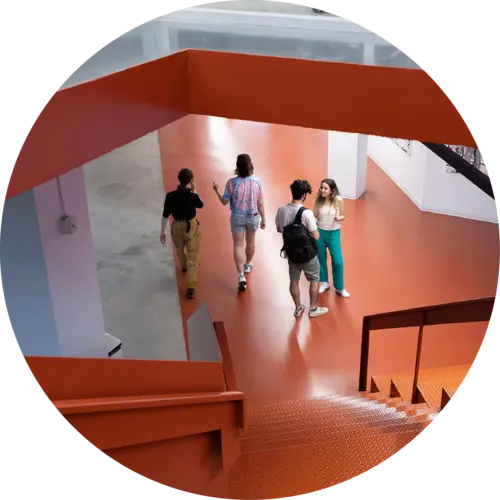
Hugo Larochelle
Biography
Hugo Larochelle is a pioneering deep learning researcher, industry leader and philanthropist.
He started his academic journey with two of the « Godfathers » of artificial intelligence: Yoshua Bengio, his Ph.D. supervisor at the Université de Montréal, and Geoffrey Hinton, his postdoctoral supervisor at the University of Toronto.
Over the years, his research has contributed several conceptual breakthroughs found in modern AI systems. His work on Denoising Autoencoders (DAE) identified the reconstruction of clean data from corrupted versions as a scalable paradigm for learning meaningful representations from large quantities of unlabeled data. With models such as the Neural Autoregressive Distribution Estimator (NADE) and the Masked Autoencoder Distribution Estimator (MADE), he helped popularize autoregressive modeling with neural networks, a paradigm now omnipresent in generative AI. And his work on Zero-Data Learning of New Tasks introduced for the first time the now common concept of zero-shot learning.
He then brought his academic expertise to the industry by co-founding the startup Whetlab, which was acquired by Twitter in 2015. After a role at Twitter Cortex, he was recruited to lead Google's AI research lab in Montreal (Google Brain), now part of Google DeepMind. He is now an Adjunct Professor at the Université de Montréal and McGill University. He has also developed a series of free online courses on machine learning.
A father of four, Hugo Larochelle and his wife, Angèle St-Pierre, have also made multiple donations to the Université de Montréal, Université de Sherbrooke (where he used to be a Professor) and Université Laval to support students and advance research, particularly in AI for environmental sustainability. He also initiated the TechAide conference, mobilizing Montreal's tech community to raise funds for the charity Centraide to support its mission to fight poverty and social exclusion.


